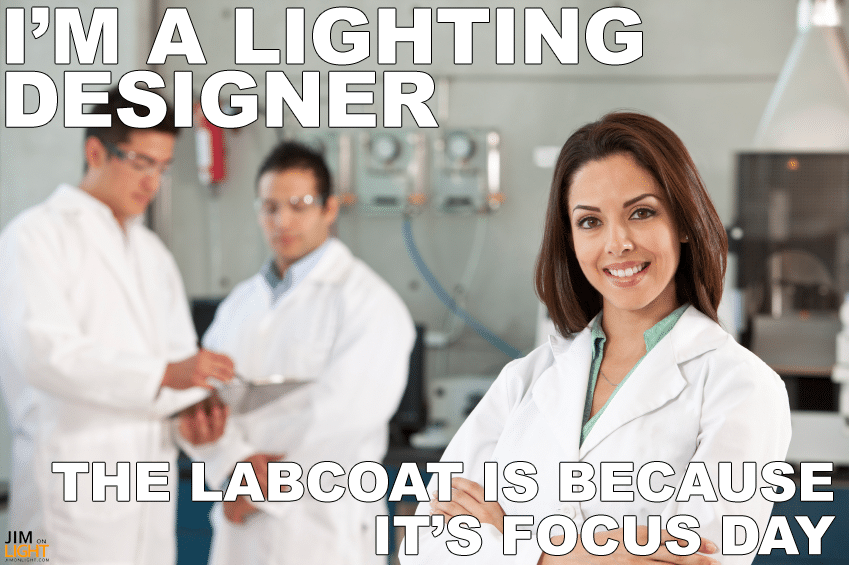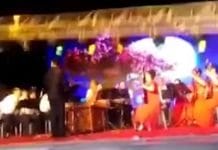
I got into this completely crazy research mood this morning, and all I could think of was lighting facts! This is nuts, but I found some awesome factoids about our favorite thing that I just had to share!
- In all of the world, for all kinds of stuff, we use 143,851 terawatt hours, or 1.43851 × 1014 kilowatt hours, or 143,851,000,000,000 kilowatt hours of power across the world per year. One trillion, eight hundred fifty one billion kilowatt hours. The figure comes from a conglomeration of fossil fuel-generated power, nuclear, and sustainable sources. That’s a lot of washing machines and refrigerators running, folks. Can you imagine the power bill for that? Oh, the bill collectors would be a-calling then!!

- Of all total energy that goes into lighting up a light bulb (the incandescent flavor), only around 10% of energy going in is actually used to create light. Ninety percent (plus or minus 5%) of a light bulb’s energy creates heat. Compact fluorescent light bulbs (CFLs), on the other hand, use about 80% less electricity than conventional bulbs and last up to 12 times as long. CFLs don’t give us all of the spectrum though, and many people prefer to have incandescent over compact fluorescent.


- At dusk, when the sun has reached the horizon and dipped below, we humans experience something called the Purkinje Effect; it’s when there is such low levels of light that the blue cones in our retinas take over, creating everything in shades of blue-grey.

- Light travels faster than anything in our knowledge, 299,792,458 meters in each second, or 983,571,000 feet per second. It’s only 24,901.5 miles (131,479,920 feet) around the world; if you could run as fast as light, you could run around the Earth almost 7.5 times each second. Let’s see Usain Bolt do THAT!

- If you are an average American doing average American city traveling, you’re going to spend approximately six months sitting at red traffic lights. I’m not really sure what to say about that, the thought of it makes me want to kick and scream!

- Next time you accidentally get a black eye, or a “shiner,” remember that you’ve got something with a cool name: a bilateral periorbital hematoma. Somebody cast me on ER, STAT!
- ZAP! Next time you’re being a tough guy (or a tough girl, equal opportunity here) during a thunderstorm outside, remember that you have a 1 in 700,000 chance of being struck by lightning in any one single year. BUT — the odds of being struck by lightning in your individual lifetime is 1 in 3,000.

- The famous Capitol Records building in Los Angeles has a blinking light on the top; that light spells out, in Morse code, “HOLLYWOOD.” Seriously. Look it up!

- Sunlight shining down on the ocean can penetrate up to 262 feet below the surface of the water. Considering the ocean, in its deepest spot in the Pacific, is 10,911 meters (35,797.2 feet), imagine the vast ecosystems that live without ever having absorbed sunlight!

- Bees (yeah, those) can detect ultraviolet light, and they actually use it themselves to find pollen. Bees use their UV pollen finding prowess to see the UV light reflecting off of the pollen as they fly around. How cool is that?! Bees are little ravers!

- Wanna see through a piece of frosted glass? Take a piece of clear packing tape and stick it on the frosted side – the glue will fill in the little microscopic gaps that the frosting process creates, allowing you to see some detail through the frosted glass. You can also get the glass wet, which does very much the same thing. Don’t use this fact for evil, though!

- In each of your (hopefully) human eyes, you have 120 million color receptors, or cones, and 7 million light receptors, or rods. This is a ratio of 17:1 color sensors over light sensors — hopefully this helps you understand why things like the Purkinje Effect take place, making the colors we see almost grey in low light!

- The ancient Romans are the cause of the phrase “it’s ALL FUN AND GAMES until SOMEONE LOSES AN EYE!” Back in that day, when wrestling, the only hard and fast rule was no eye gouging. You could practically do anything else to win the match, but messing with your opponent’s eyes was instant disqualification.
I got a billion of these!
Thanks Ankasa, House & Home, eHow, Earthly Issues, Windows 2 Universe, and NASA!




